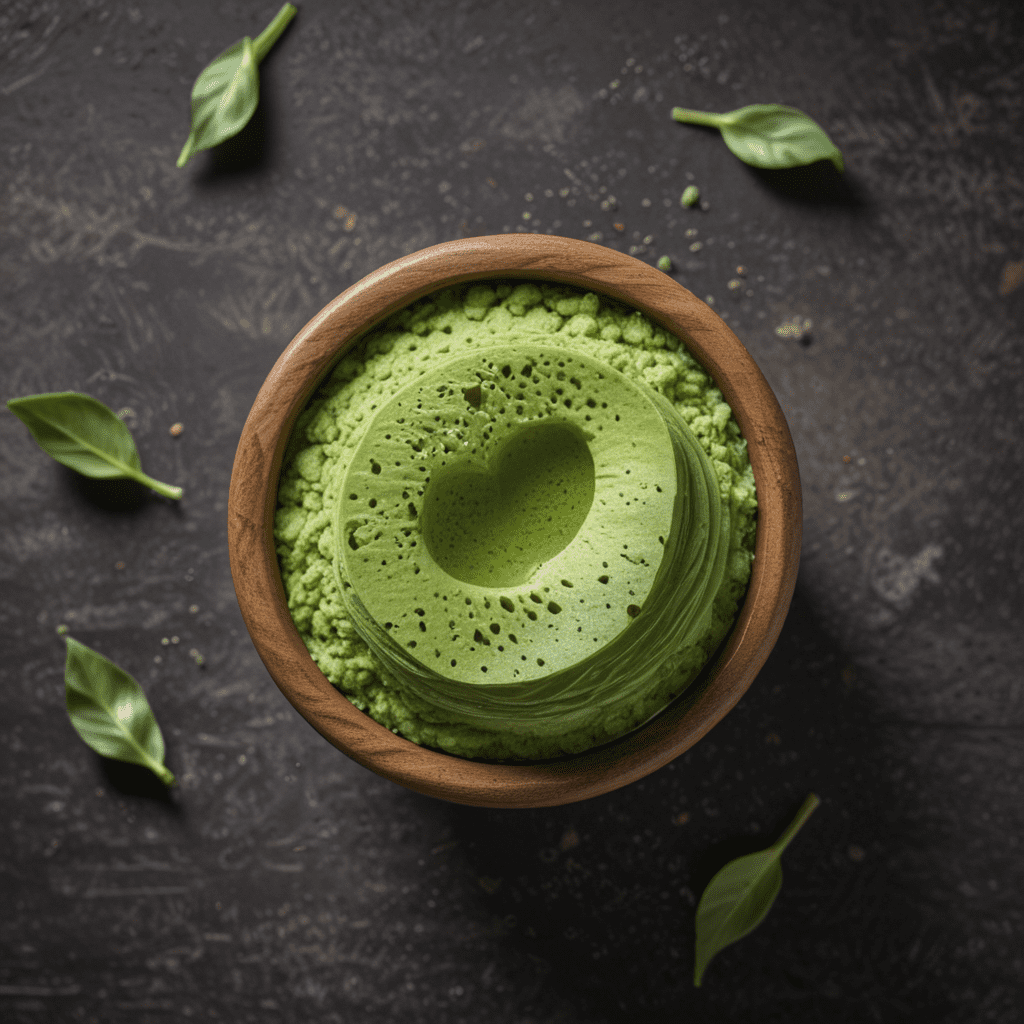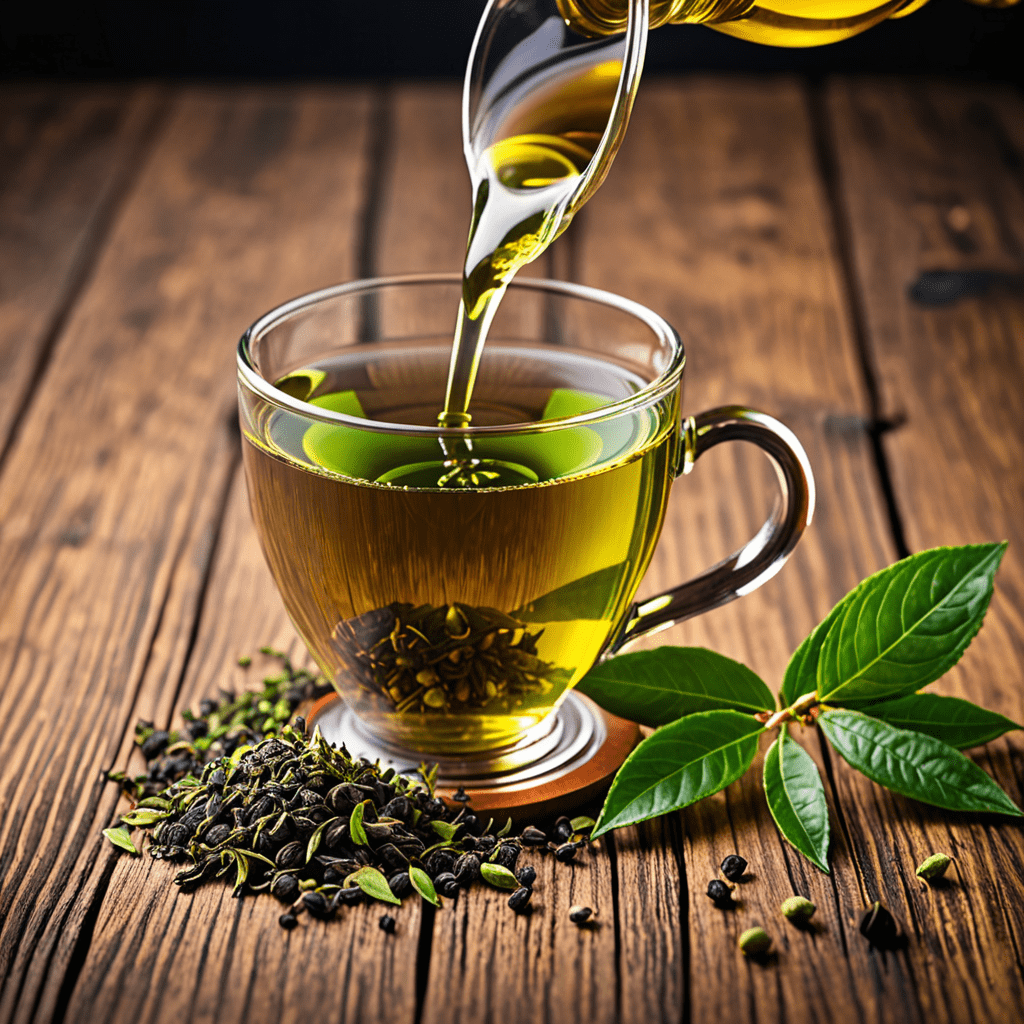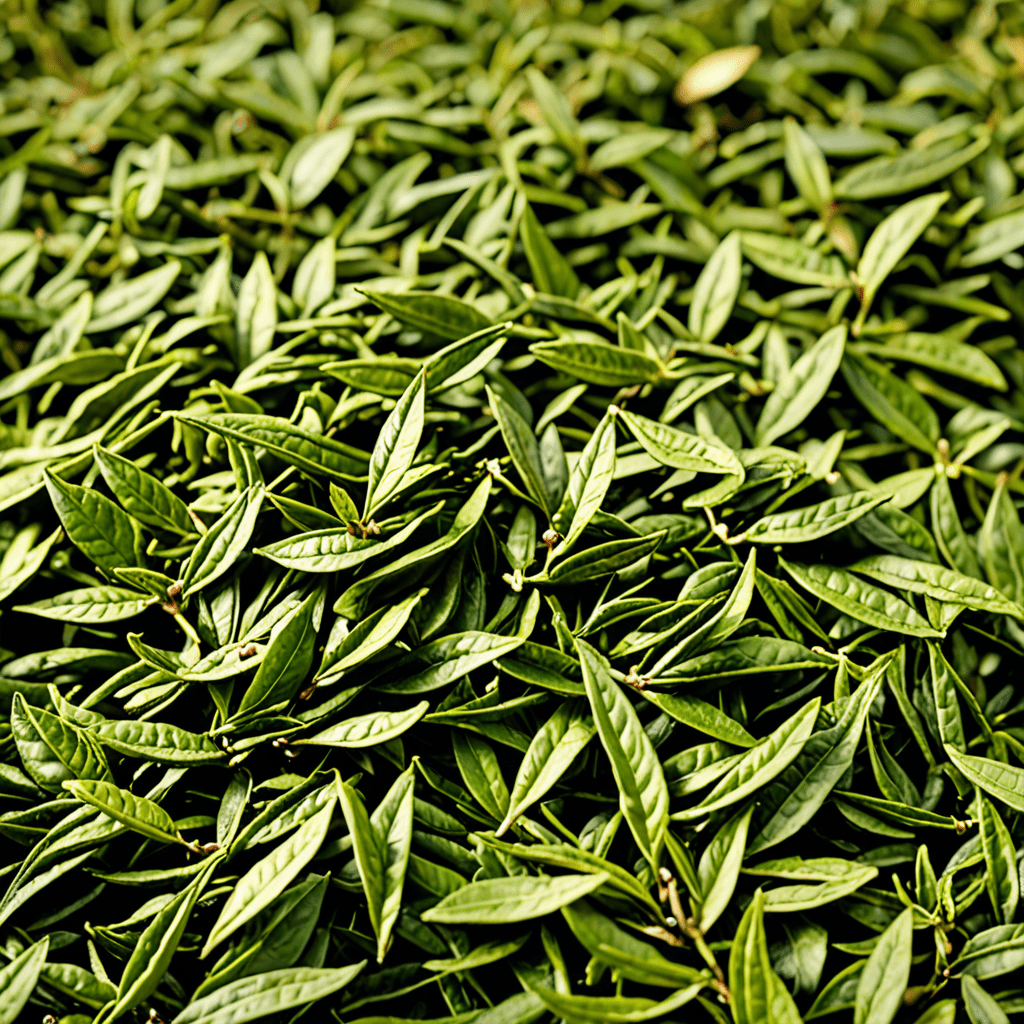
Matcha Infusions: Beyond the Basics of Green Tea
1. The Origins and History of Matcha
Matcha, a finely milled green tea powder, holds a revered place in Japanese history and tea culture. Its origins can be traced back to the 12th century, when the Buddhist monk Eisai brought tea seeds from China to Japan. In the 16th century, tea master Sen no Rikyu refined the process of preparing and serving matcha, establishing the foundation for the Japanese tea ceremony.
2. Matcha Cultivation: The Art of Growing and Harvesting
Matcha tea plants are meticulously cultivated in shaded gardens, a practice that reduces sunlight exposure and promotes the development of chlorophyll, giving matcha its vibrant green hue. The tea leaves are typically harvested twice a year: in spring for the highest quality ceremonial matcha and in summer for a more robust everyday grade.
3. The Unique Processing of Matcha: Grinding the Tea Leaves into a Fine Powder
Unlike traditional green tea leaves, matcha is made from the entire tea leaf, which is dried and then ground into a fine powder using stone mills. This process preserves the antioxidants, vitamins, and minerals found in the leaves, creating a concentrated tea known for its numerous health benefits.
4. Grades and Types of Matcha: Understanding the Quality and Differences
The quality of matcha is determined by several factors, including the cultivation method, the part of the leaf used, and the grinding process. Ceremonial grade matcha is considered the highest quality and is primarily used in tea ceremonies. Culinary grade matcha, on the other hand, is suitable for cooking and baking.
5. Preparing Matcha: Traditional Methods and Modern Variations
Traditional matcha preparation involves using a bamboo whisk to froth the powder with hot water in a tea bowl. In recent years, modern variations have emerged, such as matcha lattes, smoothies, and ice cream, making matcha more accessible and versatile.
6. Matcha Tea Ceremonies: A Cultural and Artistic Expression
The Japanese tea ceremony, known as chanoyu, is a ritualized and highly refined form of preparing and serving matcha. It involves precise movements, gestures, and etiquette, and is considered both an art form and a meditative practice. Participants gather in a tranquil setting, often a teahouse or temple, to share in the experience.
7. Matcha Infusions: Exploring Beyond Traditional Tea
While matcha is traditionally enjoyed as a ceremonial tea, its versatility extends beyond this. Matcha infusions can be incorporated into a wide range of beverages and culinary creations. Cold-brewed matcha offers a refreshing and less astringent experience, while matcha lattes and smoothies provide a creamy and flavorful boost.
8. Culinary Applications of Matcha: Enhancing Flavors and Creating Visual Appeal
Matcha's vibrant green color and distinct flavor make it a popular ingredient in various culinary applications. Chefs use matcha powder to create visually stunning desserts, such as cakes, cookies, and ice cream. It adds a subtle umami taste to savory dishes, such as soups, sauces, and marinades.
9. Matcha Lattes and Smoothies: Innovative Ways to Enjoy Matcha
Matcha lattes have become a popular alternative to coffee beverages, offering a caffeine fix with a milder taste and potential health benefits. Baristas froth steamed milk with matcha powder to create a creamy and frothy drink. Matcha smoothies combine matcha with fruits, vegetables, and yogurt, providing a refreshing and nutritious treat.
10. Matcha Health Benefits: Exploring the Potential of Green Tea Antioxidants
Matcha is rich in catechins, a type of antioxidant that has been associated with numerous health benefits. Studies suggest that matcha may boost metabolism, support heart health, protect against certain cancers, and enhance cognitive function. However, it's important to note that more research is needed to fully understand the health benefits of matcha.
FAQ
Q: What is the difference between matcha and regular green tea?
A: Matcha is made from finely ground tea leaves, while regular green tea uses whole or broken leaves. Matcha has a higher concentration of antioxidants and nutrients due to consuming the entire leaf.
Q: How do I prepare matcha?
A: Traditional preparation involves whisking matcha powder with hot water using a bamboo whisk, creating a frothy tea. Modern methods include cold-brewing or adding matcha to lattes and smoothies.
Q: What are the health benefits of matcha?
A: Matcha is rich in catechins, antioxidants linked to improved metabolism, heart health, cancer prevention, and cognitive function. However, more research is needed to fully understand these effects.


